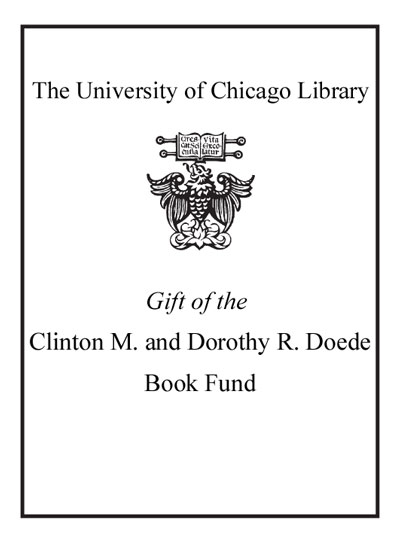Review by Choice Review
This outstanding volume differs from other books that describe Maya civilization by focusing on its people--how the Classic Maya were organized and functioned in terms of broad social categories and individual roles in all levels of society. "Classic" refers to the period between about 250 and 900 CE, when Maya cities reached their greatest development in writing, astronomy, painting, sculpture, and ceremonial and civic architecture in the rain forests of northern Guatemala and adjacent areas. Introductory chapters include an up-to-date overview of the Maya, the history of Maya research, and a discussion of the tensions and dynamics of a class-structured society. This perspective is applied in subsequent chapters, which analyze social roles of the "elites" (kings, queens, nobles), "non-elites" (craftsmen, farmers, traders, others), and the essential roles of ancestors and deities. Houston (Brown) and Inomata (Arizona) have both conducted excavations in Maya sites and published extensively. This volume is an excellent addition to general archaeology collections because of the analytical concepts and applications of archaeological evidence. It is especially valuable for anyone interested in Mesoamerica, and a major contribution to Maya studies. Summing Up: Essential. Upper-division undergraduates and above. K. A. Dixon emeritus, California State University, Long Beach
Copyright American Library Association, used with permission.
Review by Choice Review

